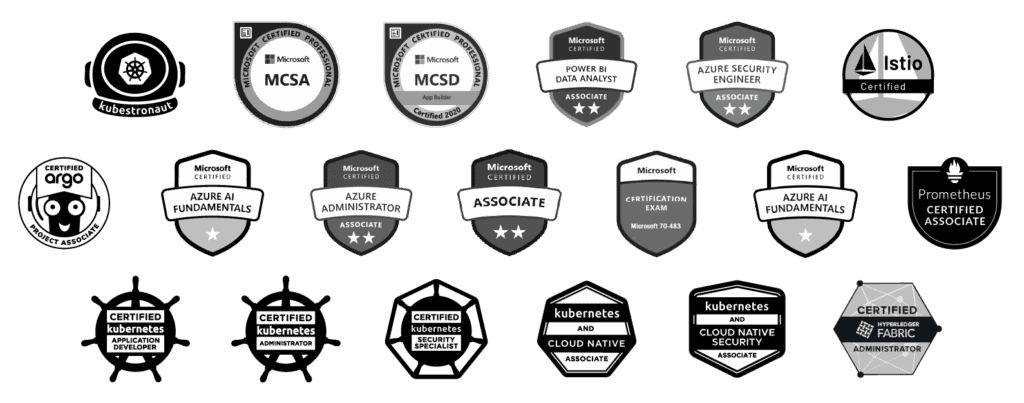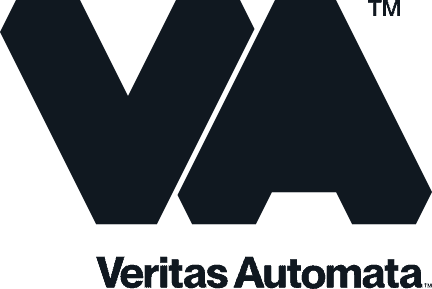Distributed applications have become a cornerstone of modern software development, enabling scalability, flexibility, and fault tolerance. Kubernetes, with its container orchestration capabilities, has become the de facto standard for managing distributed applications. K3s, a lightweight Kubernetes distribution, is particularly well-suited for resource-constrained environments, making it an excellent choice for optimizing resource management in distributed applications.
The Importance of Efficient Resource Management
Resource management is a critical aspect of running distributed applications in a Kubernetes ecosystem. Inefficient resource allocation can lead to performance bottlenecks, increased infrastructure costs, and potential application failures. Optimizing resource management in K3s involves a series of best practices and strategies:
1. Understand Your Application’s Requirements
Before diving into resource management, it’s essential to have a clear understanding of your distributed application’s resource requirements. This includes CPU, memory, and storage needs. Profiling your application’s resource usage under various conditions can provide valuable insights into its demands.
2. Define Resource Requests and Limits
Kubernetes, including K3s, allows you to specify resource requests and limits for containers within pods. Resource requests indicate the minimum amount of resources a container needs to function correctly. In contrast, resource limits cap the maximum resources a container can consume. Balancing these values is crucial for effective resource allocation.
3. Implement Horizontal Pod Autoscaling (HPA)
Horizontal Pod Autoscaling is a powerful feature that allows your application to automatically scale the number of pods based on CPU or memory utilization. By implementing HPA, you can ensure that your application always has the necessary resources to handle varying workloads efficiently.
4. Fine-Tune Pod Scheduling
K3s uses the Kubernetes scheduler to place pods on nodes. Leveraging affinity and anti-affinity rules, you can influence pod placement. For example, you can ensure that pods that need to communicate closely are scheduled on the same node, reducing network latency.
5. Quality of Service (QoS) Classes
Kubernetes introduces three QoS classes: BestEffort, Burstable, and Guaranteed. Assigning the appropriate QoS class to your pods helps the scheduler prioritize resource allocation, ensuring that critical workloads receive the resources they need.
6. Monitor and Alert
Effective resource management relies on robust monitoring and alerting. Utilize tools like Prometheus and Grafana to track key metrics, set up alerts, and gain insights into resource utilization. This proactive approach allows you to address resource issues before they impact your application’s performance.
7. Efficient Node Management
K3s simplifies node management. You can scale nodes up or down as needed, reducing resource wastage during periods of low demand. Additionally, use taints and tolerations to fine-tune node selection for specific workloads.
8. Resource Quotas
For multi-tenant clusters, resource quotas are crucial. They prevent resource hogging by specific namespaces, ensuring a fair distribution of resources among different applications sharing the same cluster.
9. Resource Optimization Best Practices
Embrace best practices for resource efficiency, such as using lightweight container images, minimizing resource contention, and optimizing storage usage. These practices can significantly impact resource efficiency.
10. Native Resource Management Tools
Explore Kubernetes-native tools like ResourceQuota and LimitRange to further enhance resource management and enforce resource limits at the namespace level.
Optimizing resource management in K3s for distributed applications is a multifaceted task that involves understanding your application’s requirements, defining resource requests and limits, leveraging Kubernetes features, and following best practices. This is where Veritas Automata can help. Efficient resource management ensures that your distributed applications run smoothly, even in resource-constrained environments. By implementing these strategies and best practices, you can achieve optimal resource utilization, cost efficiency, and the best possible performance for your distributed applications. Optimizing resource management is a continuous process, and staying up-to-date with the latest Kubernetes and K3s developments is essential for ongoing improvement.











